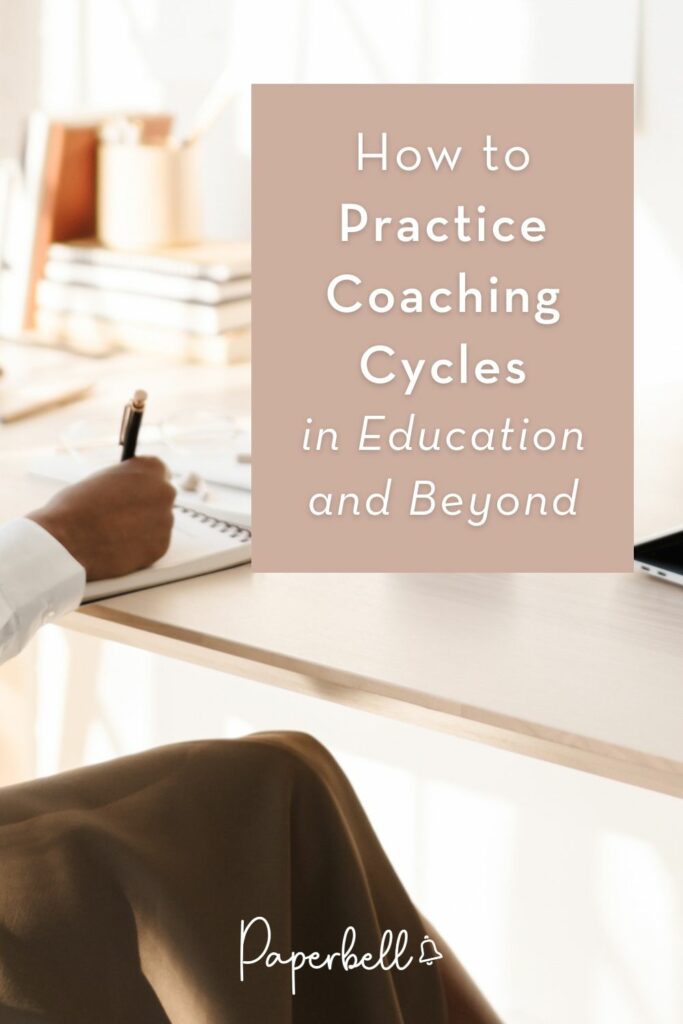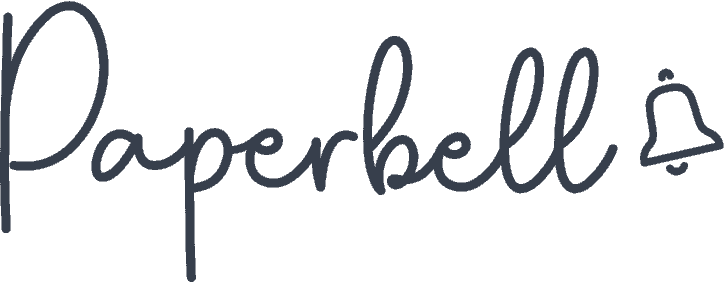Coaching cycles sound similar to models and techniques life coaches build their methodology on. However, they are more typically used by instructional coaches who work closely with teachers.
Coaching cycles provide a structured framework for collaborative goal setting, action planning, and reflection. No wonder business mentors and athletic coaches have also adopted them for performance improvement.
Let’s dive into coaching cycles and how to use them in your coaching practice.
What are Coaching Cycles?
Coaching cycles are typically used in education and are different from coaching models. They are structured processes where teachers and instructional coaches collaborate to set student learning goals, monitor progress, and reflect on outcomes.
Due to its collaborative nature, coaching cycles are more suited for democratic or laissez-faire coaching styles. There are different types of cycles in instructional coaching, but they all boil down to these four elements:
- Goal setting: Teachers collaborate with their instructional coach to identify areas for growth and establish measurable goals aligned with student learning outcomes.
- Data collection: Teachers gather data through observations, student work, and assessments.
- Implementation: Teachers implement new strategies in the classroom and gather feedback from their coach to refine their practice.
- Review and next steps: Teachers and coaches review progress and plan ongoing development with new goals.
Beyond education, coaching cycles can provide a framework for collaborative goal-setting, monitoring, and long-term skill development in other fields.
If you want to go deeper into coaching cycles, The Instructional Coaching Group is a great place to get trained on them. The organization has been researching and practicing instructional coaching for 25 years and offers a 5-day intensive course on their methodology.
How to Implement Coaching Cycles
All coaching cycles are designed to support teachers in enhancing their practices. However, various authors have outlined slightly different processes.
The 4 O’s by Elena Aguilar
This coaching cycle, outlined by Elena Aguilar in her book The Art of Coaching: Effective Strategies for School Transformation, consists of four steps:
[ Read: The Top 8 Coaching Tools That Actually Work For Client Transformation ]
1. Objective Setting
First, teachers and coaches establish goals aligned with the district’s educational framework that are both ambitious and realistic. They identify areas for development with the help of assessments and in-depth discussions. Additionally, they create a rubric to monitor progress with clear benchmarks and success indicators.
2. Obstacle Identification
Next, teachers and instructional coaches discuss potential barriers that may hinder progress. This is where coaching skills like active listening and questioning come in handy to uncover underlying challenges. Coaches can also help reframe negative outlooks to encourage a more solution-oriented and resourceful attitude in educators.
3. Opportunity Identification
Coaches can also draw the attention of teachers to the following:
- Learning opportunities: Examples include expanding their skill set or improving their instructional practices.
- Development opportunities: Examples include the adoption of innovative teaching techniques or the integration of digital tools.
Coaches also ensure these new areas align with the objectives and benchmarks set in step one. Additionally, they keep teachers accountable as they implement new strategies and teaching methods.
4. Observation
The observation phase is about evaluating the changes made and their impact. Coaches engage in detailed discussions with educators to understand their progress. They provide actionable feedback to them and help them reflect on what worked and still needs improvement.
Once the cycle is complete, it can be repeated for continuous development.
The Instructional Coaching Cycle by Jackie Jewell
Another framework called the instructional coaching cycle is outlined by The Professional Learning Association and is based on the research of Jackie Jewell. This coaching process follows three steps.
1. Identify
The coaching cycle begins with clearly understanding the current reality through various data sources like student work, video recordings, and other observations. This data informs the collaborative goal-setting process between the coach and teacher.
They define objectives to change student behavior, achievement, or attitude. These goals need to be measurable, emotionally compelling, and attainable.
2. Learn
Next, the teacher develops and implements new learning strategies with the help of their coach. They may use the following:
- Checklists – to ensure clarity and consistency
- Modeling – to understand the implementation of strategies in various contexts like classrooms, co-teaching scenarios, and video demonstrations
- Provisional explanations – to allow teachers to adapt the strategies to student needs while maintaining efficiency
3. Improve
In the final step, teachers implement the chosen teaching strategies and monitor student progress while their coaches help assess their effectiveness. This may involve sharing class recordings, gathering observation data, or reviewing assessment results and student work.
[ Read: 14 Life Coach Intake Form Questions (And How to Create Yours with Zero Tech Skills) ]
Through collaborative reflection, teachers and coaches evaluate progress and identify areas for refinement. The coaching cycle emphasizes continuous improvement and adaptive learning, empowering teachers to achieve tangible outcomes and enhance student learning experiences.
How Long Should a Coaching Cycle Last?
The duration of a coaching cycle depends on its desired outcomes, keeping in mind the needs of the teacher and the educational institution. A typical coaching cycle in education may last anywhere from 4 to 12 weeks.
Shorter cycles between 4 to 6 weeks are great for addressing specific instructional practices or classroom management strategies. They can be used to focus on targeted areas for improvement and implement new practices more rapidly.
Longer coaching cycles between 8 to 12 weeks may be necessary for more complex goals, such as curriculum development, implementing new teaching methodologies, or whole-school initiatives. They allow time for more sustainable changes and in-depth collaboration between teachers and coaches.
What Is a Mini Coaching Cycle?
Mini coaching cycles can be used when more urgent changes are needed or when educators want to test the coaching cycle process first before committing to it.
They are a condensed version of a standard coaching cycle and can be completed in a few days or weeks. Its basic components are essentially the same.
They are particularly useful when there is a pressing need for rapid improvement or when time constraints limit the availability for more extended coaching engagements.
Streamline Your Coaching Practice
Coaching cycles are a great way to enhance your client’s impact through a structured developmental process. The admin side of your coaching business deserves the same attention to detail.
That’s when Paperbell comes in handy. It’s an all-in-one client management tool that handles your client contracts, payments, schedule, and more. It lets you automate your coaching practice so you can focus your energy on supporting your clients.
Try Paperbell for free with your first client.










